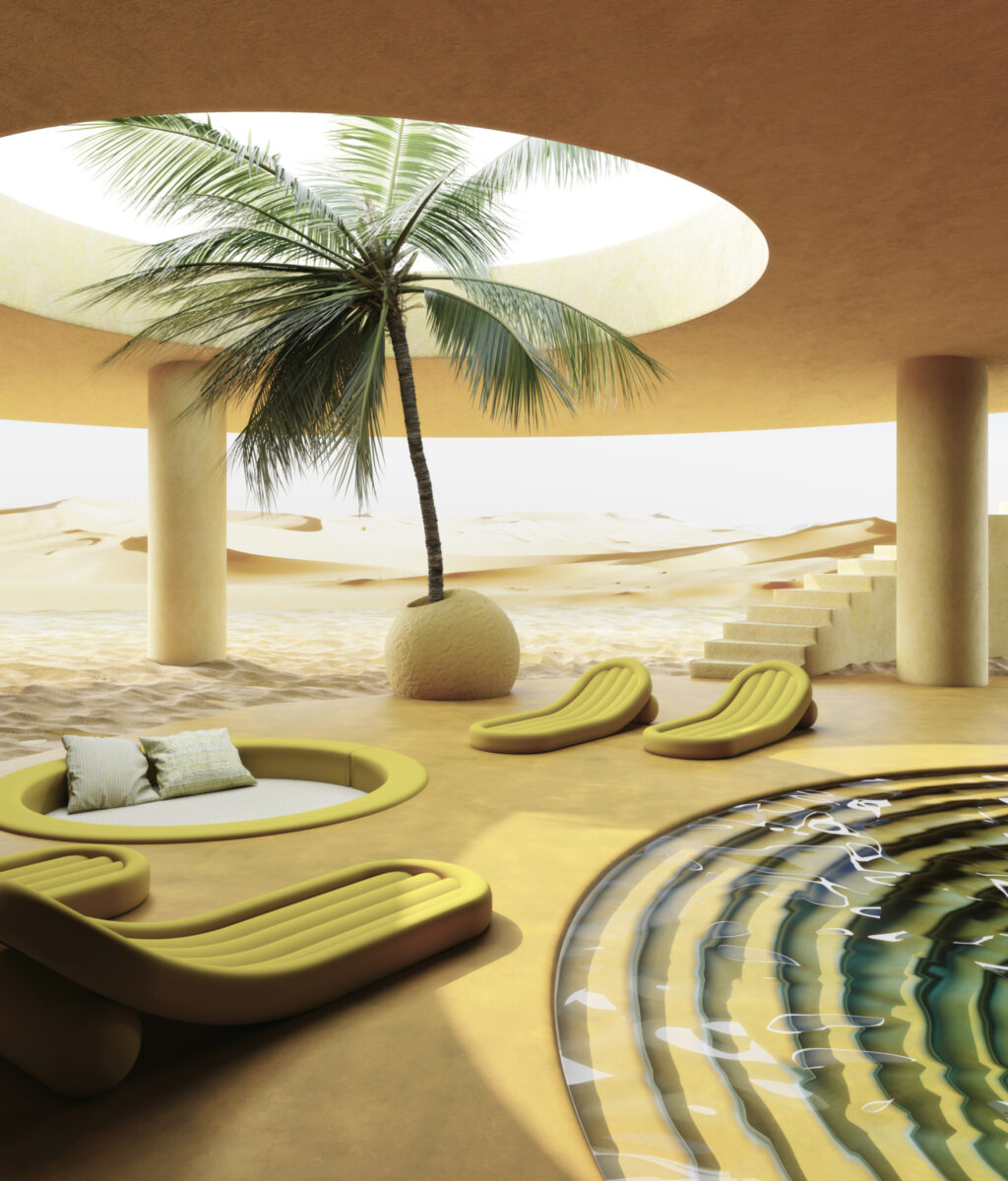What is Sustainable Architectural Design?
Sustainable architecture is a philosophy that encourages the use of materials and designs that are environmentally friendly and can be maintained for many years. Sustainable design focuses on creating buildings that use less energy, water and other resources while still being comfortable for people to live in.
Sustainable architectural design is the practice of designing buildings that are environmentally friendly and resource efficient.
Sustainable architectural design also includes considerations for future generations by considering how the building will age over time, as well as its impact on the surrounding environment.
Responsibilities of Architects and City Planners
As an architect or city planner, you have a responsibility to create buildings that last. This means using sustainable materials and methods when designing your structures. It also means incorporating renewable energy sources into your plans, as well as making sure they're designed in such a way that they can be easily maintained over time.
Building owners have an obligation to maintain their properties in order to ensure their longevity--and this includes making sure they're up to date with current building codes (which may require certain modifications) and properly maintained by professionals who know what they're doing.
Related read: How Technology Is Changing the Textile Industry
Sustainable Building Materials
Sustainable architects use materials that have been recycled, low-impact building materials and renewable resources in their designs.
Recycled products include glass bottles and aluminium cans; low-impact building materials include bamboo flooring or cork tiles; renewable resources include wood from trees that grow quickly enough to replenish themselves within a few years after being harvested (like pine trees).
4 Benefits of Sustainable Architectural Design
- Sustainable architecture offers numerous benefits, including reduced environmental impact, long-term cost savings due to reduced energy and water consumption, and improved health and well-being of building occupants. Source: BBC Futures.
- In terms of environmental impact, sustainable buildings use fewer natural resources and produce less waste and pollution than traditional buildings, reducing their carbon footprint. Source: University of Boulder, Colorado and the New School of Architecture and Design.
- Additionally, sustainable architecture can lead to lower utility bills due to reduced energy and water consumption, resulting in significant long-term cost savings. Source: UGREEN.
- Finally, sustainable architecture has been shown to promote better health and well-being for building occupants by providing improved air quality, natural light, and access to outdoor spaces. Source: Commercial Architect Magazine.
Buy once and buy better with FibreGuard performance fabrics
This focus on circularity, transparency, and sustainable design is a foundation of what we do at FibreGuard. We pride ourselves on being a business that believes in the enrichment of our people and the planet in which we live, and understanding our impact is key to our sustainability strategy.
In today's increasingly environmentally conscious world, the mantra "buy once, buy better" is not just a choice, but a necessity for consumers to promote sustainability and reduce waste. By investing in high-quality, durable products, individuals can enjoy long-lasting utility and overall cost savings by avoiding the frequent replacement of inferior items.
This approach also fosters a more intentional consumer mindset, in which individuals carefully consider their purchases, supporting ethical and eco-friendly brands with strong values.
Additionally, "buy once, buy better" minimises the negative impact on our planet's finite resources, thereby benefiting not only the consumer but also future generations, who will inherit a world striving to prioritise conscious consumption and environmental preservation.
Want to learn more? Explore all of our textiles academy articles!
